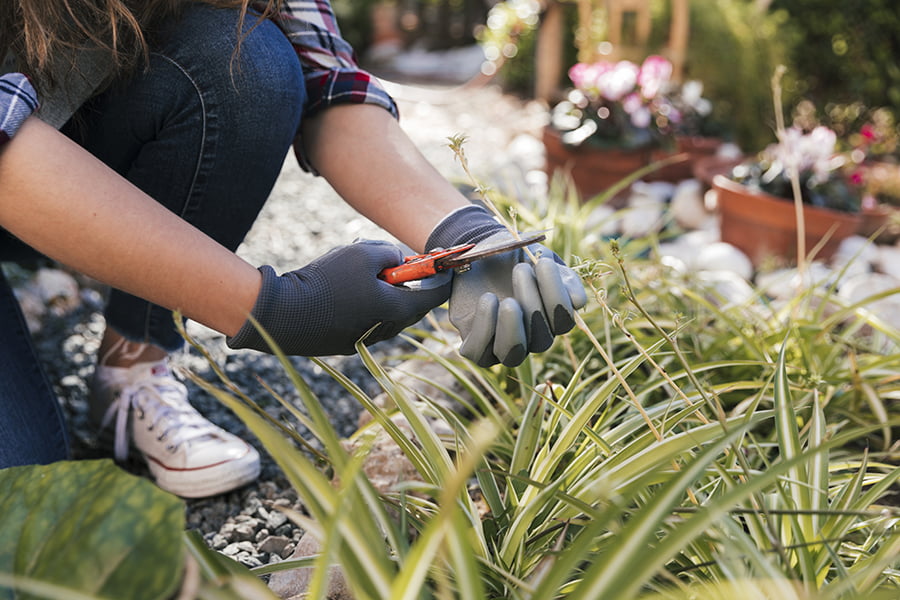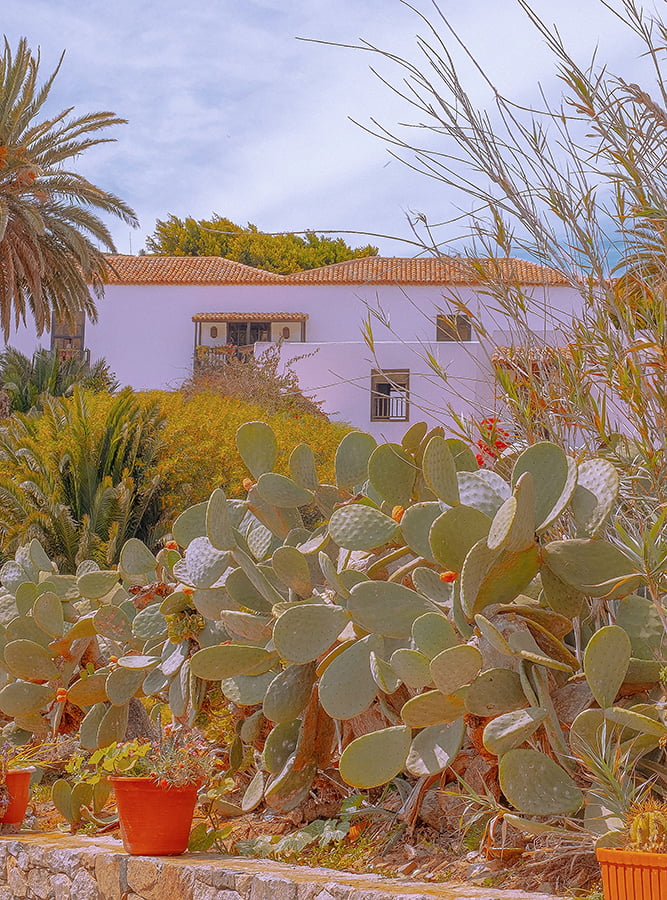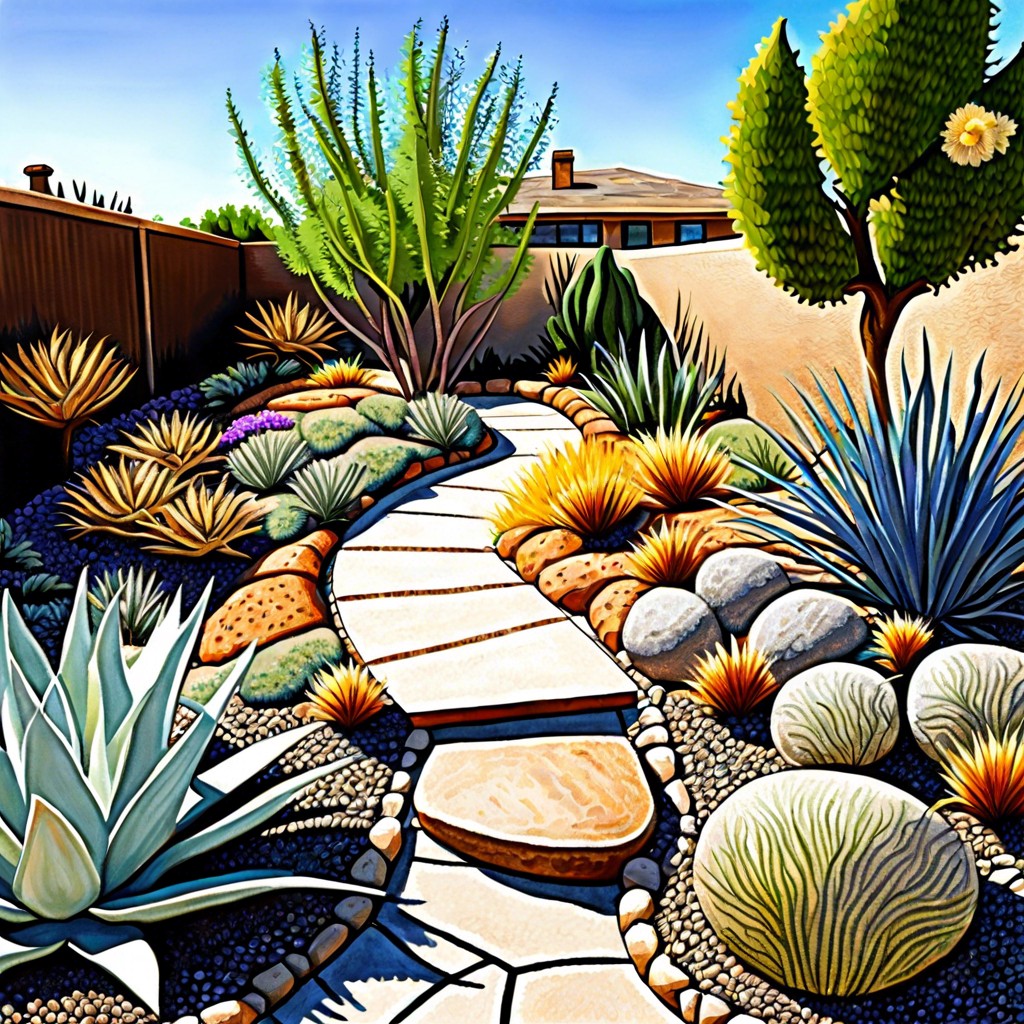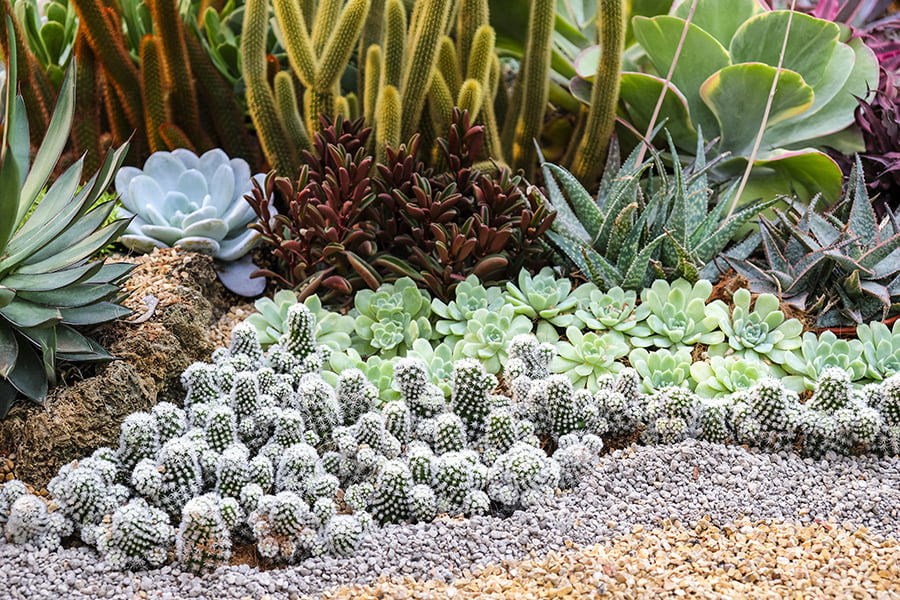Discover the cost of xeriscaping and how it can benefit your wallet and the environment in this comprehensive guide.
Are you tired of spending a fortune on your water bill and lawn maintenance? Xeriscaping might be the solution you need! Xeriscaping is a landscaping technique that utilizes drought-resistant plants to create a beautiful, sustainable, and low-maintenance garden. But, before you jump into xeriscaping, one of the most important things to consider is the cost.
In this article, we will break down all the factors that affect xeriscaping costs so that you can get an idea of what to expect when planning your xeriscape project. So let’s dive in!
Xeriscaping Cost Factors

The size of your garden, the type of plants you choose, and whether you decide to hire a professional or do it yourself are some of the most significant factors that affect xeriscaping costs. According to Home Advisor, you can expect to pay $6,250 to xeriscape a 500 sq. ft. yard (with everything included.)
Regional price variations may also play a role in determining how much you will pay for your project.
Before starting any landscaping project, including xeriscaping projects, it’s essential to set a budget and determine what aspects are most important for achieving your desired outcome. By understanding these cost factors upfront and planning accordingly with them in mind can help ensure that there won’t be any surprises down the road when it comes time to pay for materials or labor expenses.
In our next sections below we’ll dive deeper into each factor so that you have all information needed before embarking on this exciting journey towards creating an eco-friendly landscape!
Materials and Plants Pricing

Not only do you want to select drought-resistant plants that can thrive in your region’s climate, but you also want to choose materials that are durable and sustainable. The cost of these items will vary depending on where you live, the size of your project, and the specific products or plant species you choose.
For example, some popular xeriscape plants like succulents or cacti may be more expensive than other options due to their popularity. Similarly, hardscaping elements such as gravel or rocks can range from affordable options like decomposed granite up through higher-end choices such as flagstone.
It’s important not just to consider upfront costs when selecting materials for a xeriscape project but also long-term maintenance expenses. Choosing high-quality mulch or soil amendments might seem costly initially but could save money over time by reducing water usage needs while promoting healthy plant growth.
Overall material costs will depend on several factors including location-specific pricing trends for both labor and supplies along with individual preferences regarding aesthetics versus budget constraints when making selections for each element of a new landscape design plan
Labor and Installation Costs

Once you have decided on the materials and plants for your xeriscape project, it’s time to think about labor and installation costs. Labor costs can vary depending on where you live, the size of your yard, and how complex your design is.
If you’re planning a DIY project, keep in mind that installing a xeriscape garden requires some level of expertise in landscaping.
If hiring professionals to do the job for you is more appealing or necessary due to lack of experience or time constraints; expect an average cost between $3-$10 per square foot installed. This price range includes site preparation such as removing existing grasses/weeds/rocks/debris from planting areas before adding soil amendments like composts/sands/gravels/pumice etc., laying down drip irrigation systems (if needed), planting new drought-tolerant plants according to their specific needs (spacing/depth/watering requirements) while also ensuring proper drainage.
It’s important not only to consider labor costs but also installation expenses when budgeting for a xeriscaping project. These may include renting equipment such as tillers or bobcats if needed; purchasing additional materials like edging stones/boulders/mulch/etc.; paying permit fees if required by local regulations; among others.
It’s best practice always getting multiple quotes from different contractors before making any decisions regarding who will install your new water-wise landscape design so that one can compare prices with quality workmanship offered by each service provider available within their area.
Maintenance Expenses
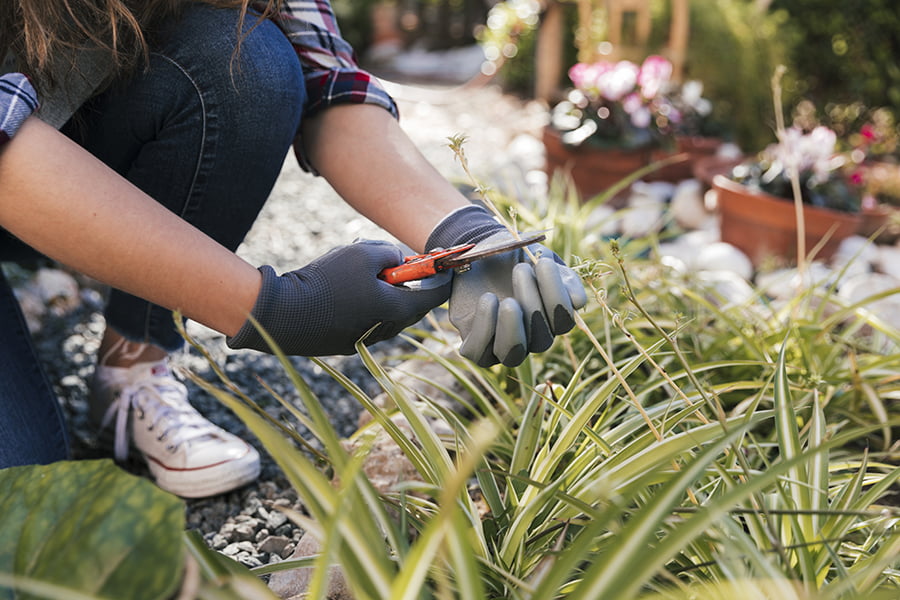
Once you have your xeriscape garden installed, it’s important to keep up with maintenance to ensure that it stays healthy and beautiful. Fortunately, one of the benefits of xeriscaping is that it requires less maintenance than traditional landscaping.
However, there are still some expenses associated with maintaining a xeriscape garden.
One of the main things you’ll need to do is water your plants regularly until they become established. After that, most drought-resistant plants only require occasional watering during dry spells or heatwaves.
You may also need to prune your plants occasionally and remove any dead leaves or branches.
Another thing to consider is weed control. While using mulch can help prevent weeds from growing in your garden beds, you may still need to pull out any weeds by hand or use an organic herbicide if necessary.
Depending on where you live and what types of pests are common in your area, you may also need pest control measures such as insecticides or repellents for certain insects like aphids or grasshoppers.
Overall though compared with traditional lawns which require frequent mowing and fertilizing throughout the year; Xeriscapes tend not only save money but time too!
DIY vs. Professional Services

When it comes to xeriscaping, you have two options: DIY or hiring a professional. While doing it yourself may seem like the cheaper option, there are some things to consider before taking on this project alone.
Xeriscaping requires specific knowledge and skills that not everyone possesses. If you’re not confident in your abilities, mistakes can be costly and time-consuming.
On the other hand, hiring a professional landscaper who specializes in xeriscaping can ensure that your project is done correctly from start to finish. They have experience with selecting plants suitable for your region’s climate and soil type while also considering factors such as sun exposure and water usage.
Of course, going with professionals means higher costs due to labor expenses but keep in mind that they will provide all necessary materials needed for installation which could save money compared if buying them separately by yourself.
Ultimately whether you choose DIY or hire professionals depends on how much time and effort you want to put into creating an eco-friendly garden oasis at home!
Regional Price Variations

It’s important to note that xeriscaping costs can vary depending on your location. The cost of materials, labor, and installation may differ from one region to another due to factors such as availability and demand.
For instance, if you live in an area where drought-resistant plants are scarce or not commonly used for landscaping purposes, the cost of these plants might be higher than in regions where they are readily available.
Similarly, the cost of labor and installation may also vary depending on your location. In areas with a high demand for xeriscaping services or a shortage of skilled professionals who specialize in this type of landscaping technique, you might end up paying more for their services.
Therefore it’s essential to research local prices before embarking on any xeriscape project so that you can budget accordingly. You could also consult with local landscapers who have experience working with drought-resistant plants since they would be better equipped to provide accurate estimates based on regional pricing trends.
